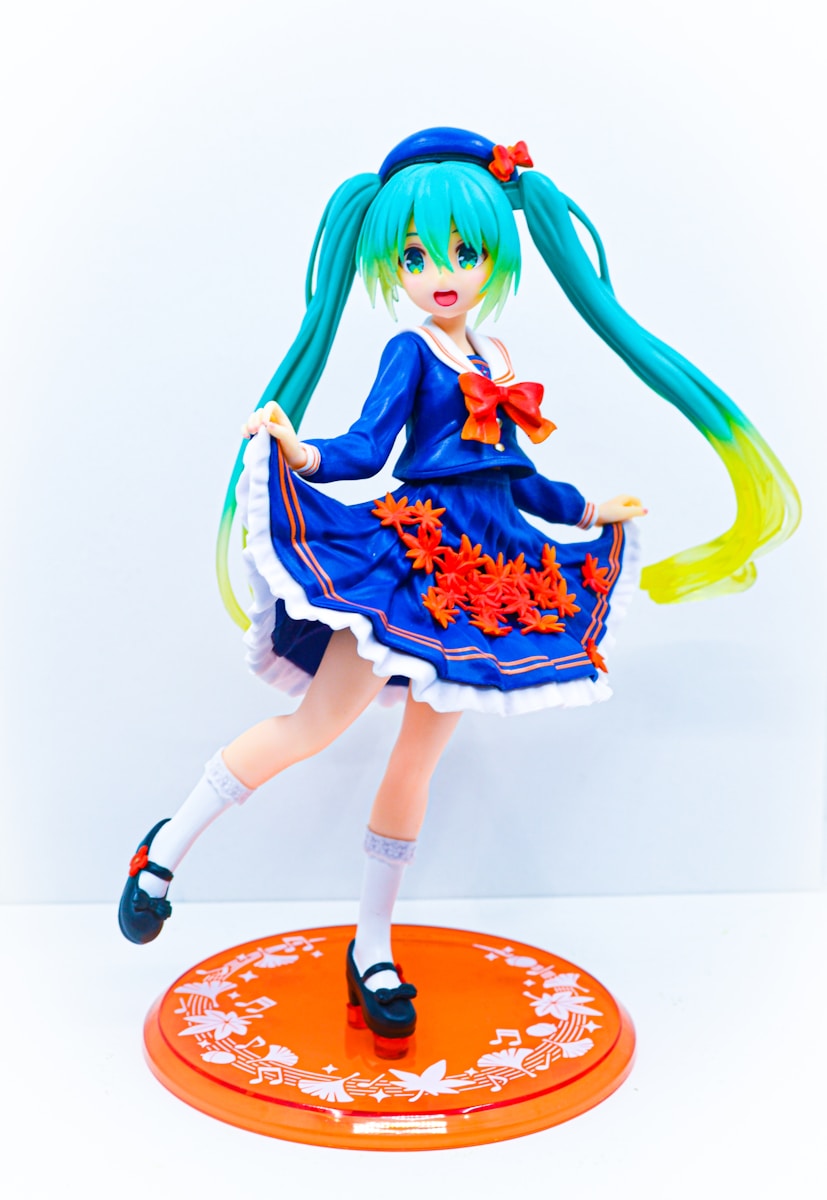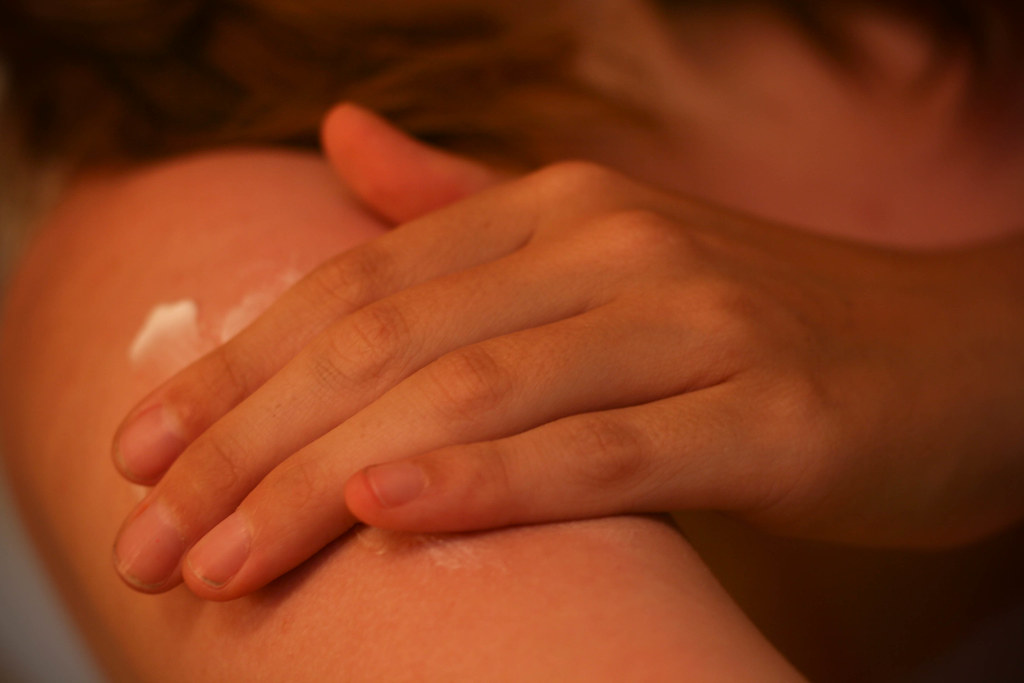Kawaii clothing, characterized by its playful, colorful, and childlike designs, has become a global fashion sensation in recent decades. The term kawaii translates to “cute” in Japanese and has roots in Japanese pop culture, particularly in the 1970s and 1980s. This essay explores the origins of kawaii fashion, its cultural significance, and how it gained worldwide popularity.
Origins and Evolution of Kawaii Fashion
The roots of kawaii culture can be traced back to the post-World War II era in Japan. In the 1970s, Japan underwent rapid modernization, and with it came a desire for a distinct cultural identity that could both reflect the modern world and preserve Japan’s traditional values. A significant turning point came in the mid-1970s when the rise of kawaii began to be reflected in the fashion industry. The term kawaii was initially associated with the idealization of innocence and childlike charm, manifesting in items like pastel colors, oversized bows, and cute motifs such as hearts and stars.
The turning point in the popularity of kawaii fashion can be traced to the launch of Sanrio’s Hello Kitty character in 1974. This simple, yet globally recognizable design of a cute cat with no mouth quickly became a symbol of the kawaii movement. Hello Kitty not only bridged the gap between pop culture and consumerism, but it also helped solidify the idea of “cuteness” as a cultural phenomenon in Japan and beyond.
The 1980s and 1990s: Kawaii’s Establishment as a Fashion Trend
In the 1980s and 1990s, kawaii fashion became more than just a cute aesthetic; it became an identity for a subculture, especially among young women. Designers began incorporating kawaii elements into their clothing, which emphasized oversized silhouettes, pastel colors, and whimsical prints. Fashion icons such as designer Rei Kawakubo of Comme des Garçons and Issey Miyake embraced the playfulness and exaggerated shapes of kawaii fashion in their collections. These designers helped introduce the idea that fashion didn’t always have to adhere to traditional standards of beauty or sophistication.
During this period, the kawaii trend expanded to include different fashion styles, such as lolita fashion (a subgenre that takes inspiration from Victorian and Rococo clothing) and gyaru fashion (which focused on tan skin, bleached hair, and exaggerated accessories). The 1990s also saw the rise of Harajuku style in Tokyo, a street fashion movement that drew heavily from kawaii influences. The streets of Harajuku became the heart of the kawaii subculture, where youth experimented with exaggerated proportions, colorful accessories, and imaginative fashion choices.
Globalization and the Internet: Kawaii Goes Worldwide
The 2000s marked the beginning of kawaii fashion’s global appeal. As the internet and social media platforms like Instagram, Tumblr, and YouTube began to proliferate, kawaii culture spread to international audiences. Platforms provided a space for individuals to share their unique interpretations of the aesthetic, and this democratization of fashion allowed kawaii to transcend its Japanese origins. Young people across the globe began to embrace kawaii fashion, adding their own local twists to the style. Western celebrities, such as Gwen Stefani, also popularized the aesthetic with her Harajuku Girls backup dancers, who brought kawaii fashion to a broader, international audience.
At the same time, fashion brands and designers capitalized on kawaii’s growing popularity. Major global retailers like Uniqlo and H&M began to include kawaii-inspired lines in their collections, collaborating with popular characters like Hello Kitty and My Melody. These collaborations allowed kawaii aesthetics to become more accessible to people outside of Japan.
Kawaii Today: A Mainstream Trend
In the 2010s and beyond, kawaii fashion has become a staple of global pop culture. Brands like Baby, The Stars Shine Bright, Angelic Pretty, and LIZ LISA continue to be mainstays in the fashion scene, particularly for those who embrace lolita fashion. Meanwhile, everyday clothing brands incorporate elements of kawaii, such as oversized T-shirts, pastel colors, and cute animal motifs, into mainstream fashion lines. Kawaii aesthetics can now be seen in everything from home décor to food packaging, toys, and even mobile phone accessories.
This global fascination with kawaii can be partially attributed to its focus on playfulness and escapism, offering a stark contrast to the often fast-paced, stressful nature of contemporary life. In a world filled with uncertainty and complexity, the simple joy derived from kawaii’s childlike innocence and whimsy offers a momentary escape.
The global rise of kawaii clothing is the result of a combination of historical, cultural, and technological factors. What began as a cultural movement in Japan in the 1970s has now become a worldwide fashion phenomenon that transcends age, gender, and geography. From Hello Kitty’s early days to the international popularity of kawaii-inspired designs, the fashion style has evolved into a global language of “cute” that continues to captivate audiences today. Kawaii is not just a trend; it is a cultural expression that reflects the desire for joy, innocence, and whimsy in a complex world.

